Covid-19 Isolation Training Tips and Training Diary
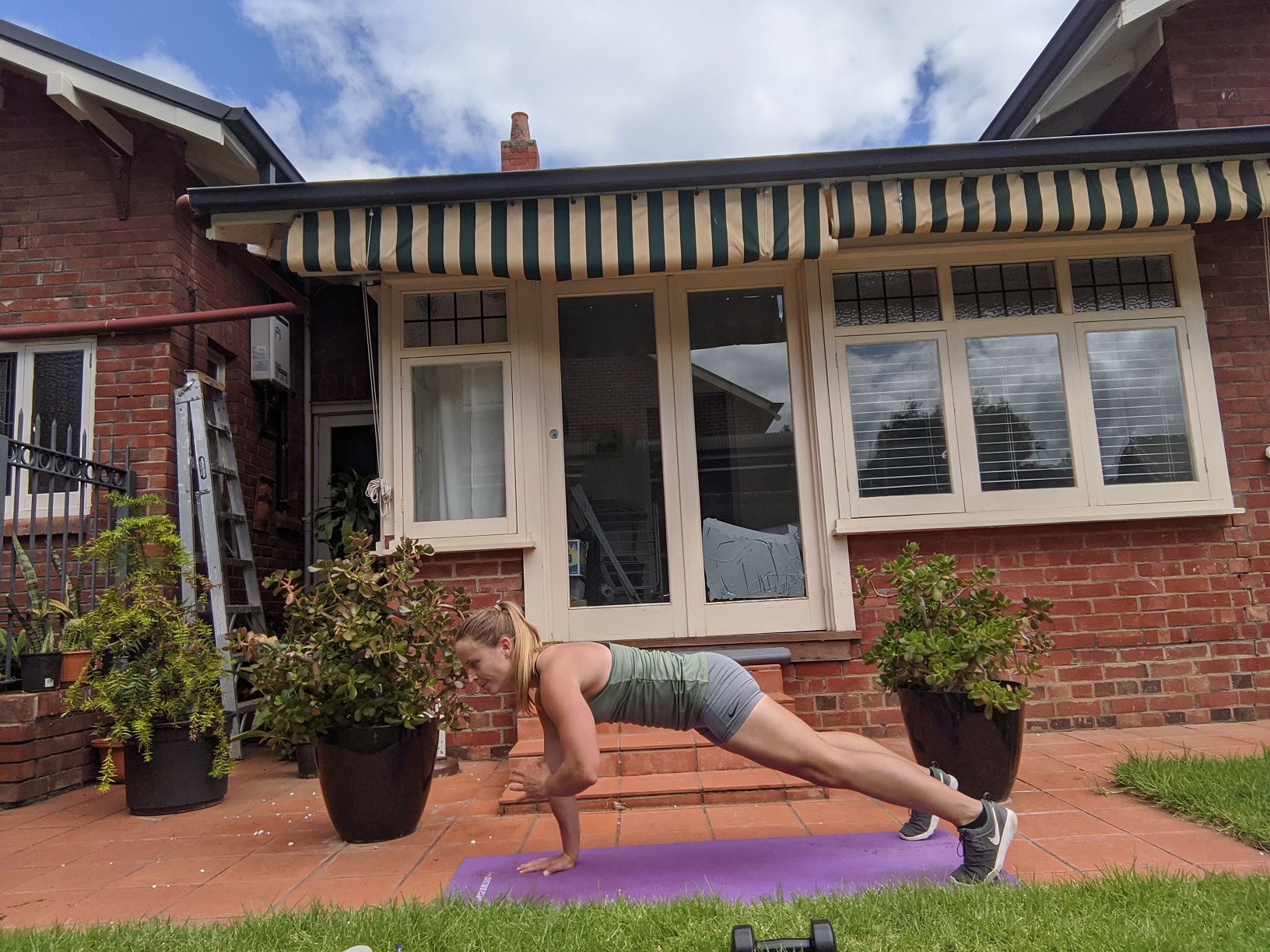
This is my training log for the first week of isolation. My coach, Caine Warburton wrote the program, but this is my log, so it includes other additional things I do that are not programmed. The cycling on a stationary bike and rower are as a replacement for what would have otherwise been about a 75km running week with most running done on trails and undulating hills.
Tuesday 24 March
1hr strength-50.50 SL squat, 50 push ups, 50.50 SL calf raise, 50 BO row, 50.50 stationary lunge, 50 SB swing, 50 strict shoulder press, 50 front squats, 50 deadlift to squat press, 50 sideways crawl bag drag + 4×10 pull ups, 30m walking lunge (BW).
I did a truckload of running before travelling to Adelaide, so no cardio today. Also adjusting to working from home for the first time ever and also the sudden interstate move. On Monday I worked a whole day then only had 1.5hours to pack for the flight to Adelaide. I was packing up my granny flat and packing for a trip for an in determine amount of time and navigating airports and flights without a mask. That all adds stress to the overall stress load for the week.
Wednesday 25 March
Rower: 1000m warm up with stretching. 2000m Time Trail effort. 4min rest. 4x500m @ 2km TT pace with 2min rest between each.
15min grip strength (4×6 ring chin ups, 4 SA dead hang, 10 gorilla push ups (as grip recovery between sets)).
If I was not in isolation this would usually be a 75min run on trails (for a build phase of training).
Thursday 26 March
Spin bike: 15min warm up. 4x7min solid tempo, 3min spin recovery. 10min easy. 6x40sec SPRINT (standing), 20sec rest. 20min easy to finish.
+4 rounds SL glute raise, SL squat, Knees to elbows and toes to rings in L hold.
If I was not in isolation this would usually be another 75-90min run on trails.
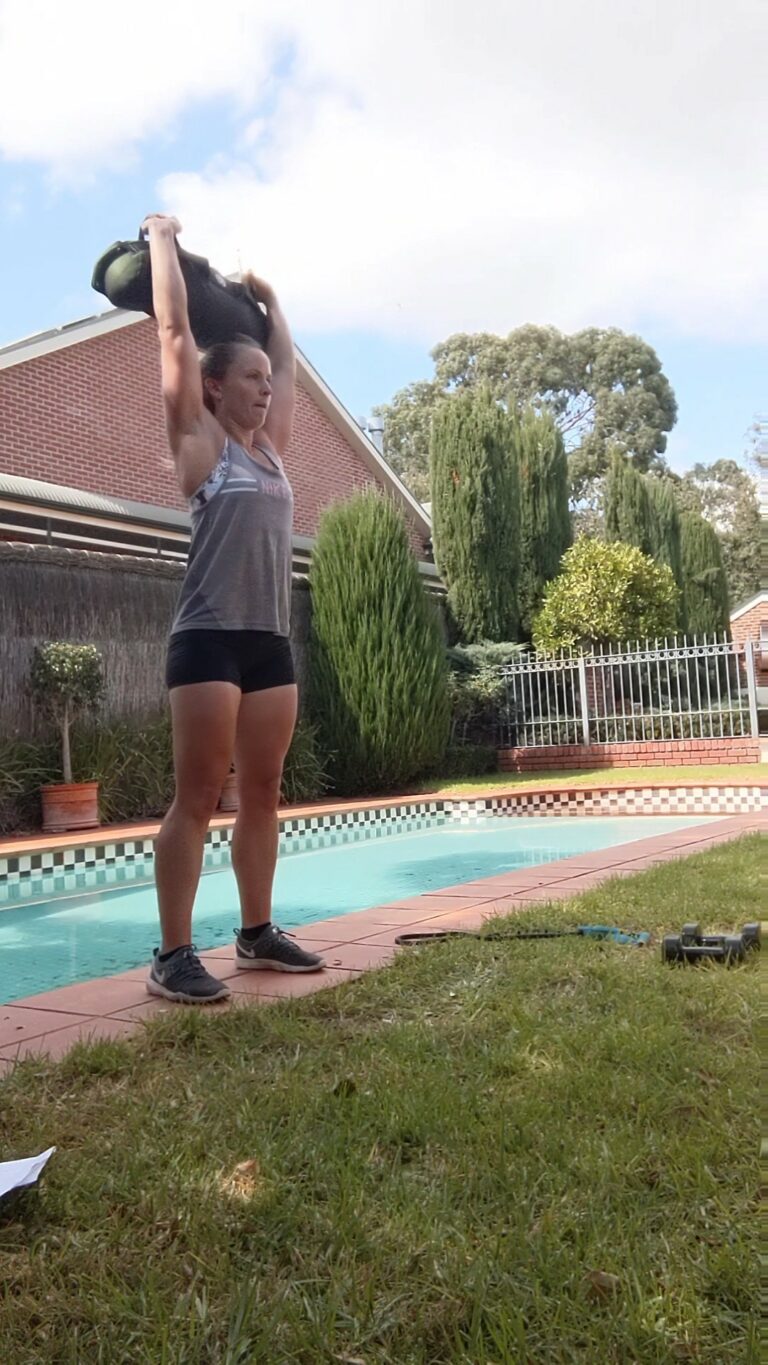
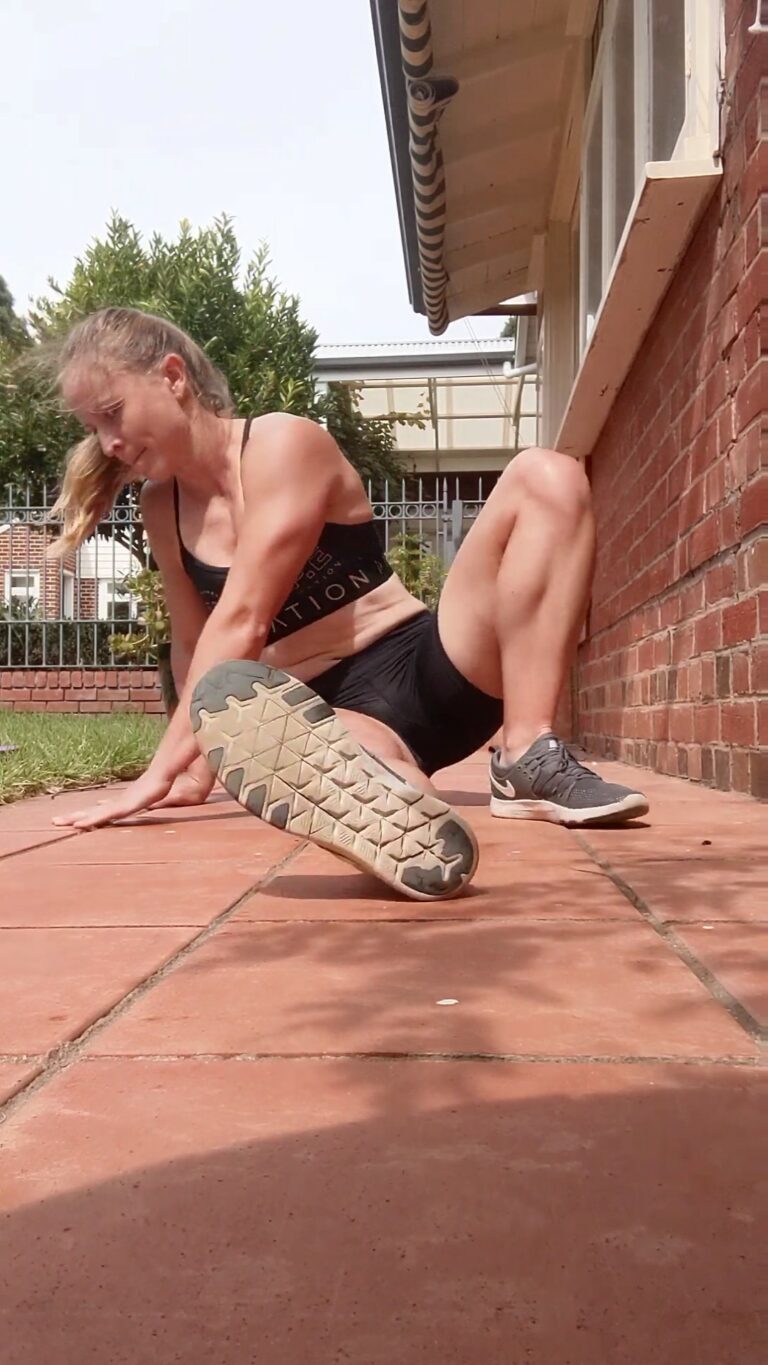
Friday 27 March
50min strength – 100 push press, 80 BO row, 60 bicep curl with 15 push ups every time you put the sandbag down (22kg SB). Then 3 rounds continuous 30 burpees, 10 strict pull ups on rings. Add 10 burpees after that so I did 100 total in the session. Then 3 rounds 45sec plank slit jumps, 45sec kick sits, 45sec mountain climbers, 45sec butterfly sit ups.
Saturday 28 March
Endurance set: 4 rounds of. Spin bike: 20min solid sustainable tempo. Row: 3000m
+Core 4 rounds 10 leg lowers, 30 bicycle crunch, 15.15 side plank to hover with DB
Usually Saturday is long run day which is a 2 to 2.5hr run including steep hills on trails.
Sunday 29 March
Rower: 1000m warm up. 8x1000m Hard, 2min rest between each with 20 Sandbag Squat press during rest period.
+ 4×15.15SL squat, 10 ring pull ups +1hr vinyasa yoga
You may have noticed I do a lot of SL squats. This is one of the most important running specific exercises I do and reinforces the movement patterns that help prevent my 2019 patella femoral pain from recurring.
Monday 30 March
Start of a deload week to make the most of isolation and to make sure the week I finish isolation is a normal training week
8 rounds -15 DB shoulder press, 20 banded tricep extension, 10 v-ups, 20 shoulder tap in plank, 20 russian twists with DB
+1hr vinyasa yoga
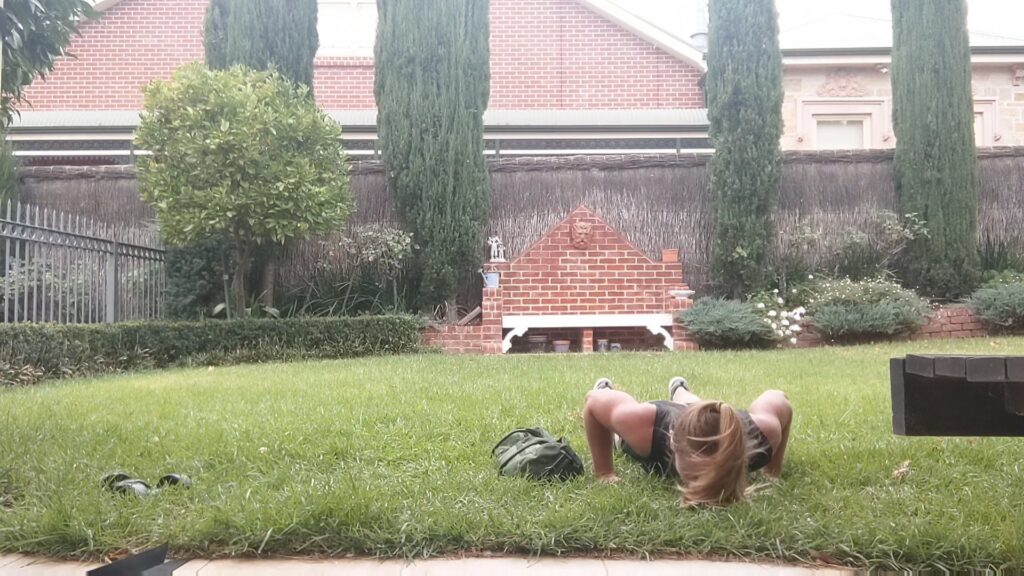
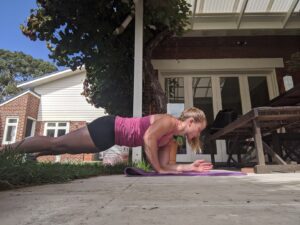
Training tips for surviving 14 days of isolation
As a survivor of 14 days of isolation without fancy cardio equipment or a gym, I have some insights into ways you can keep your training on track without leaving the property. First, don’t listen to people who tell you 14 days of isolation is easy. For many people, during the working week we only spend one to two waking hours at home each day. Isolation is a massive change in routine, and the sooner you acknowledge that, the easier it will be to accept that and adapt. You will need to plan what type of training you will do and when you will do that training. Selecting the type of training should be easy as your options will be quite limited (unless you are one of the lucky ones who own a full gym and cardio equipment set up). There are already a lot of free workouts available through Spartan’s “Be Unbreakable” campaign. If you are unsure, try searching for body weight workouts, zuu training, strength with shopping bags, metafit and bodyweight pilates. For grip strength and pull ups think about using beams, fences, trees, doorways, railings, and floating steps.
Most people are fine with the planning phase but struggle with the doing. You cannot rely on motivation to get you through during isolation. It is unlikely you will feel motivated when your life situation has rapidly changed. Motivation is reliant on a whole range of factors, many that are out of your control. What you can control is establishing a routine and daily discipline in doing the workout. Remember that the same techniques you use in normal life to get training done can be used during home isolation. Some suggestions:
· Schedule your workout and put it in your diary.
· Establish routine. Exercise at the same time each day.
· Plan exactly what you are going to do the night before. Organise the clothes and shoes you will wear and check any equipment is ready to go.
· Remember exactly why you are training. If your reason for training has always been to prepare for a race you may be struggling at this time. But think of it as a fantastic opportunity to reframe your mindset. Your ‘why’ can be as simple as exercising to help boost your mental health while in isolation, or to maintain fitness. Moderate exercise to help keep a strong body and immune system is a fantastic ‘why’.
· Set up an area that you use for training. This might be as simple as moving some furniture and placing your exercise mat, towel and a water bottle in the corner of a room. You brain will soon start relating this area to exercise. If it is an inviting space you are more likely to want to use it.
· Be efficient and purposeful. Put away your phone and do not look at social media while you are training. You should not be picking up your phone at all unless you are using a tabata timer or using it to livestream a class. I always start a timer when I do any exercise. I stay focused until I stop the timer. Starting the timer is a signal that my focus is now on training not anything else.
· Get accountability from your housemates and family. Tell your family about your workout and what time you will be doing the workout. If you are living solo, get a friend to virtually hold you accountable and visa versa. Start messaging your friends when you have completed your workout.
· If you don’t have the discipline to train by yourself in normal times, you may struggle in this situation too. You may be in this category if you only ever exercise with your personal trainer or only ever run in groups or with a running instructor. You can use the same strategies now. Do personal training by Zoom or other forms of video conferencing. Participate in virtual group exercise. Many gyms, personal trainers and crossfit boxes are offering livestream classes where there is interaction with the trainer and the group. I am doing livestream yoga and meditation classes, and it is nice to have the social interaction even if it is virtual.
Also be realistic about what you can achieve during 14 days of isolation. If you are working full time from home like myself, you will have an extra hour or so saved from not having to commute, but it is a far cry from the social media messaging that will tell you to get as fit as you can with all this extra time you have or leave super unfit. Thinking in polarising extremes is not helpful in this situation. There are many moderate and acceptable positions between super fit and super unfit. Do what you can with what you’ve got and keep looking forward to the time you can set foot outside the property.
[An edited version of this training diary was published in the Spartan Australia & New Zealand newsletter 11 April 2020]